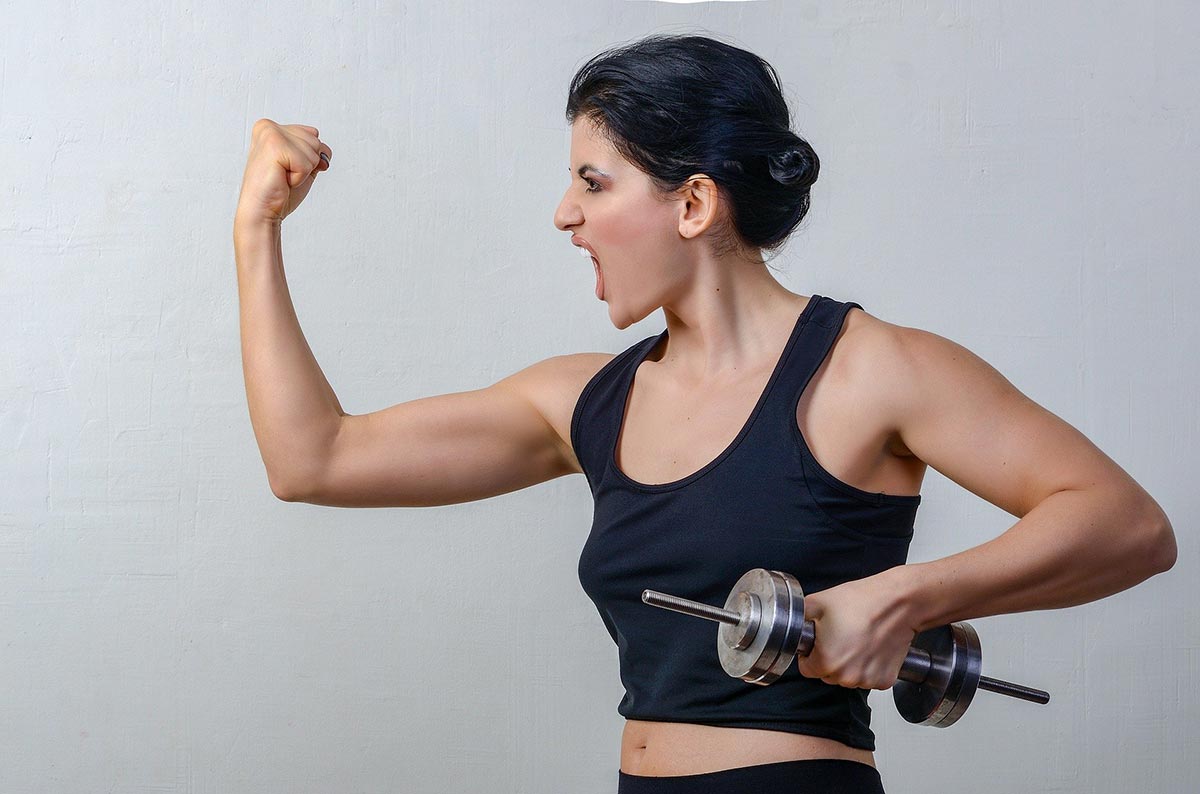How many reps should you do? How much weight should you lift? These are some of the most common questions that personal trainers hear. While these questions are vital for achieving success in fitness, they are only part of the equation. The truth is, the right number of reps, sets, and weight can vary greatly depending on your goals and how your body responds to exercise.
The Importance of Goals
First and foremost, you must define your fitness goals. Are you looking to build muscle, increase strength, tone your body, or simply improve overall fitness? Each goal requires a different approach. For instance, building muscle and strength often involves fewer reps with heavier weights, while toning focuses on higher reps with moderate weight. The clearer your goals, the easier it is to design an effective workout plan. - Equally important is understanding how your body reacts to exercise. Some people gain muscle easily, while others may find it more challenging. Similarly, some individuals tend to bulk up quickly, which may not align with their fitness objectives. Tailoring your workout to your unique physiology ensures better results and reduces the risk of injury.
Choosing the Right Weight
Determining the correct weight for your workout can be broken down into five levels: light, moderately light, moderate, moderately heavy, and heavy. "Light" weight feels effortless, while "heavy" requires 100% effort to complete the last rep with perfect form. For most effective workouts, aim for "moderately heavy," where you feel challenged but can still maintain proper technique. Adjust the weight as your strength improves over time. Reps play a crucial role in achieving your fitness goals. Recent research suggests that performing anywhere from 6 to 20 reps can yield muscle development and tone. However, if you're training for endurance, higher reps (20 or more) are beneficial. For strength and muscle growth, stick to 6–10 reps per set, and for toning, aim for 10–15 reps.
Beginner Guidelines - Advanced Strategies
If you’re new to working out, start with two sets of 15–20 reps at a moderately light weight. This introduces your body to exercise gradually and helps build a solid foundation. After a few weeks, increase the weight slightly and continue with two sets of 15–20 reps to ensure steady progress. - For those with specific goals, the approach becomes more nuanced. Women looking to tone should focus on two sets of 10–15 reps with moderately heavy weight. If they tend to bulk up, increasing reps to 15–20 while maintaining the same weight can help achieve a leaner look. Men aiming for moderate muscle development should do three sets of 8–12 reps with moderately heavy weight. For significant muscle growth or individuals struggling to build muscle, three to four sets of 6–10 reps with heavy weight are ideal.
The Balance of Reps, Sets, and Weight
Effective fitness programs balance reps, sets, and weight. The key is to challenge your muscles without overtraining. Listen to your body, and gradually increase the intensity of your workouts to avoid plateaus. Consistency and proper form are just as important as the numbers you follow.
Achieving fitness success requires a thoughtful approach to reps, sets, and weight. By aligning your workout with your goals and understanding how your body responds, you’ll be well on your way to reaching your desired results. Stick with your program, adjust as needed, and most importantly, enjoy the journey to a healthier, stronger you.













